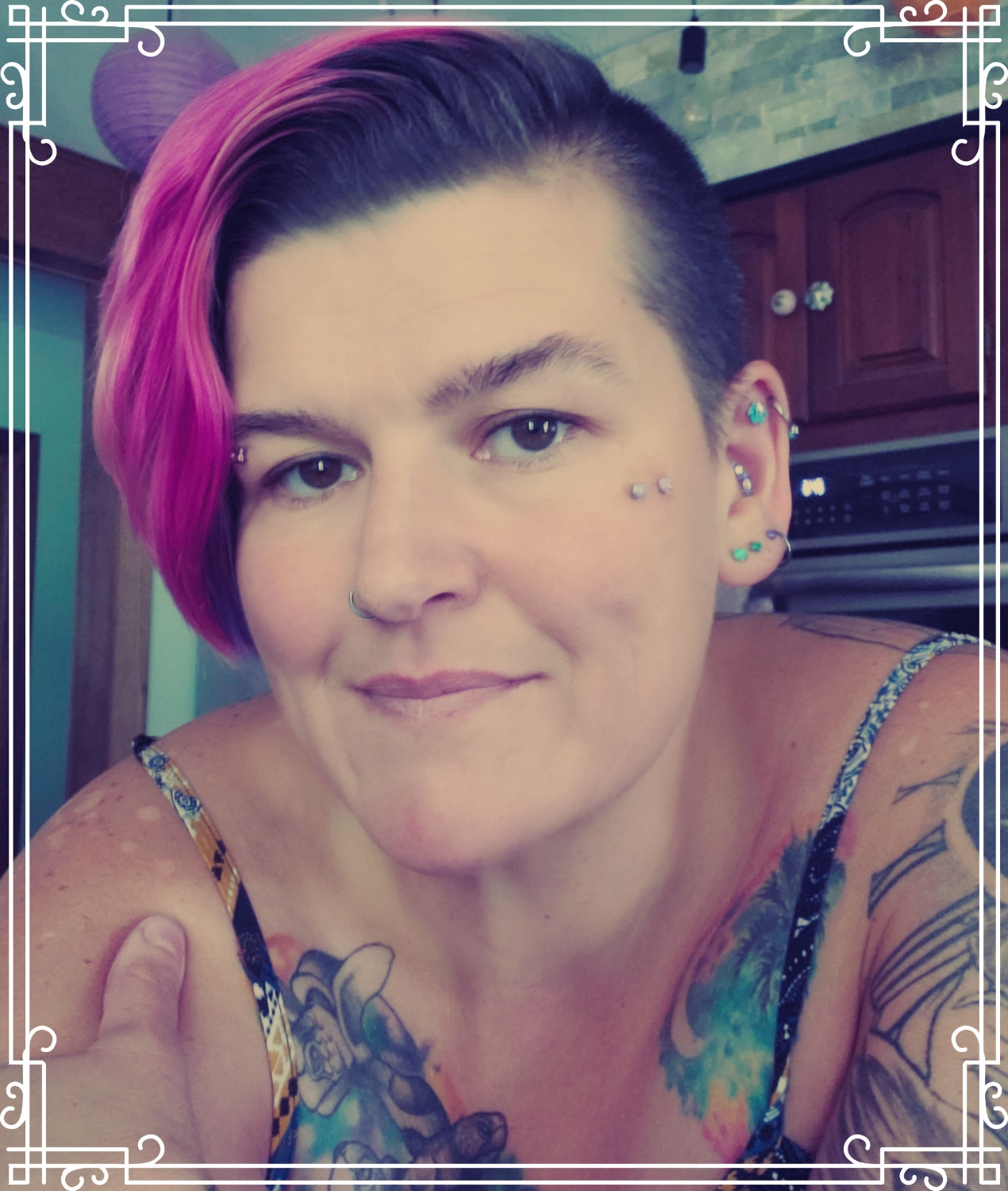When the Body Smiles: Joy as a Healing Technology
- Madame Gin

- Sep 30
- 3 min read
Opening Reflection
When most people picture healing, they imagine weight. Long hours in therapy. Tears on the floor of shadow work. Digging through memory like archaeologists of pain. And yes, these pathways matter.
They are brave and necessary.
But they are not the whole story.
Sometimes healing doesn’t hurt. Sometimes healing laughs. Sometimes healing moans. Sometimes healing twirls across the living room floor in bare feet. Sometimes healing sings off-key in the shower. Sometimes healing tastes like ripe fruit on a summer afternoon.
Healing is not only about surviving what broke us. It is also about remembering the body’s capacity to smile.

Joy Is Medicine
Neuroscience confirms what mystics always knew: joy is not frivolous. It is medicine.
Laughter releases oxytocin and dopamine — soothing stress, repairing neural pathways, and helping the brain trust safety again.
Pleasure regulates the nervous system, turning off chronic fight-or-flight and signaling that the body is allowed to rest.
Bliss doesn’t just feel good — it rewires the body toward safety and coherence.
So why do we distrust joy? Because culture told us healing must be serious, painful, and deserved. Pleasure was recast as indulgence. Joy was dismissed as trivial.
But here’s the truth: the body smiles to heal itself. Joy isn’t extra. It’s essential.
The Psychology of Play
Psychologists remind us that play is how children learn, bond, and thrive. They experiment, explore, stumble, laugh, and grow — all through play.
Adults need this just as much, but productivity and shame bury it. We trade recess for grind. Curiosity for control.
In intimacy, play is especially potent. It:
Restores curiosity where fear once ruled.
Turns awkwardness into laughter.
Transforms mistakes into exploration.
Softens anxiety into relaxation.
Play is not childish. It is child-like — a return to innocence, wonder, and possibility.
Joy as Resistance
Sociologically, joy is rebellion.
A culture built on shame and fear loses its grip when people rediscover pleasure. Intimacy rooted in laughter interrupts patterns of violence. Play disrupts systems that rely on control and exhaustion.
To dance when the world demands despair is an act of defiance. To laugh in the face of shame is a declaration of sovereignty. To let the body smile is to say: I am more than my wounds. I belong to joy.
The Spiritual Lens
Mystic traditions have always honored joy as sacred.
Hebrew scriptures remind us: “The joy of the Lord is my strength.”
Bhakti yoga lifts devotion through song, dance, and blissful surrender.
Sufi mystics spin in ecstasy to remember union with the Divine.
Christian mystics like Teresa of Ávila described holy rapture not with solemnity, but with ecstasy.
Joy is not distraction from Spirit. Joy is Spirit embodied.

Practices for Joyful Healing
Joy doesn’t erase trauma, but it changes the terrain. It whispers to the body: You are not only pain. You are also bliss.
Here are ways to practice joy as medicine:
Comedy as Ritual: Watch something funny before bed. Notice how your body softens. Laughter is a nervous system reset.
Kitchen Dance: Turn on music you love. Move wildly, without choreography. Let your body remember freedom.
Sacred Laughter in Intimacy: Allow joy to enter the bedroom. Treat laughter as holy, not as interruption.
Pleasure Journal: Ask yourself: What simple pleasures make my body smile? Commit to one each day.
Embodied Gratitude: Each morning, place your hand over your heart. Smile — even a small smile. Whisper: Joy is my medicine today.
Reality Check Close
Joy doesn’t deny trauma. It doesn’t erase grief. But it reminds us of something shame and fear try to make us forget:
You were made not only for survival, but for delight.
Your body is not only the record of wounds — it is also the instrument of bliss. Your nervous system isn’t only trained for vigilance — it is wired for laughter, for safety, for joy.
When the body smiles, healing happens. And sometimes, that smile is the most revolutionary thing of all.




Comments